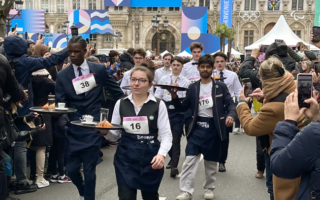L’Art du Jacquard

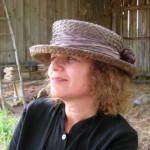
- SUBSCRIBE
- ALREADY SUBSCRIBED?
BECOME A BONJOUR PARIS MEMBER
Gain full access to our collection of over 5,000 articles and bring the City of Light into your life. Just 60 USD per year.
Find out why you should become a member here.
Sign in
Fill in your credentials below.
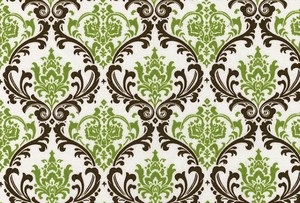 The other day I decided to make some curtains for my bedroom. I knew what I wanted them to look and feel like, but I didn’t know what to call the specific fabric. Was it a brocade, damask or maybe a jacquard? Even though I’d done quite a bit of sewing over the years, I didn’t know if these were different names for the same fabric and then, if so, where would I find the largest selection to choose from? Living in rural France it’s not often easy to find what you’re accustomed to finding in a big city. So after an internet search I set off for Pau, a fairly good-sized city an hour south of my village.
The other day I decided to make some curtains for my bedroom. I knew what I wanted them to look and feel like, but I didn’t know what to call the specific fabric. Was it a brocade, damask or maybe a jacquard? Even though I’d done quite a bit of sewing over the years, I didn’t know if these were different names for the same fabric and then, if so, where would I find the largest selection to choose from? Living in rural France it’s not often easy to find what you’re accustomed to finding in a big city. So after an internet search I set off for Pau, a fairly good-sized city an hour south of my village.
Astute navigating and a lot of questions later, I finally located the tissu (fabric) store called Toto, wedged between two buildings, down a ramp, on the other side of a sunny parking lot. Entering Toto was like entering one of the old stores in New York’s garment district: stacks of cut and bolted fabrics filled three floors. The smell was overwhelmingly pungent and a shaft of sunlight through the only fenestration was full of thousands of tiny, whirling lint dust motes. I asked one of the women behind the counter where I would find either brocade, damask or jacquard and she beckoned me to follow her up one flight of stairs.
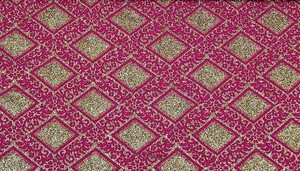 On the next level the walls were lined with bolts of upholstery, tapestry, heavy linens, and a variety of brocade, damask and jacquard fabrics. The saleswoman asked me what I wanted and I said I didn’t know, but then asked her if she would she be able to tell me the difference between a brocade, damask and jacquard. Bien sur, but of course, she replied, smiling kindly. A brocade is a lavishly decorated woven silk fabric, often using gold and silver threads that originated in India in during the1600’s. Trader’s brought the woven Indian designs across the Mediterranean into Provence, seen most notably in the regions now emblematic, brightly colored, paisley textiles. The only real difference between a brocade and a damask is the thread count and both are considered jacquards, which refers to the loom they were woven on. Jacquards are any woven patterned fabric created by using a jacquard attachment on a loom.
On the next level the walls were lined with bolts of upholstery, tapestry, heavy linens, and a variety of brocade, damask and jacquard fabrics. The saleswoman asked me what I wanted and I said I didn’t know, but then asked her if she would she be able to tell me the difference between a brocade, damask and jacquard. Bien sur, but of course, she replied, smiling kindly. A brocade is a lavishly decorated woven silk fabric, often using gold and silver threads that originated in India in during the1600’s. Trader’s brought the woven Indian designs across the Mediterranean into Provence, seen most notably in the regions now emblematic, brightly colored, paisley textiles. The only real difference between a brocade and a damask is the thread count and both are considered jacquards, which refers to the loom they were woven on. Jacquards are any woven patterned fabric created by using a jacquard attachment on a loom.
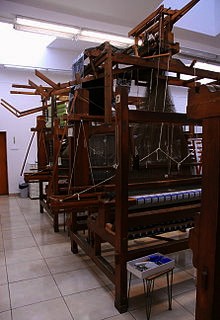 The Jacquard loom was formally invented by Joseph-Marie Jacquard of Lyon in 1801, by building upon the former, unsuccessful inventions of Basile Bouchon, Jean-Baptiste Falcon and Jacques Vaucanson. Jacquard simplified and automated the earlier mechanisms that controlled the patterning of textiles by using punch cards laced together. Rather than using a person to manually change one single punch card, he created what is considered by many the first important step in computer hardware, programming and data entry. Napoléon granted him the patent, sizable retirement pension and royalty on each Jacquard loom sold. The loom is on display in Lyon at the Musée de Tissus et des Arts Décoratifs.
The Jacquard loom was formally invented by Joseph-Marie Jacquard of Lyon in 1801, by building upon the former, unsuccessful inventions of Basile Bouchon, Jean-Baptiste Falcon and Jacques Vaucanson. Jacquard simplified and automated the earlier mechanisms that controlled the patterning of textiles by using punch cards laced together. Rather than using a person to manually change one single punch card, he created what is considered by many the first important step in computer hardware, programming and data entry. Napoléon granted him the patent, sizable retirement pension and royalty on each Jacquard loom sold. The loom is on display in Lyon at the Musée de Tissus et des Arts Décoratifs.
After my informative history lesson, the saleswoman left me to wander in between the tables of fabric and the bolts lining the walls. There was much to choose from, but I didn’t find the colors I was looking for in either a jacquard loomed damask or brocade. I wound up choosing a heavy, beige linen fabric with a repeating country scene, in a contrasting red-maroon, a Toile de Jouy to be exact, which is a whole other story.
Sue Aran lives in the Gers départment of southwest France. She writes a monthly blog about her life in France and is the owner of French Country Adventures, small personally guided, out of the ordinary festival, farmer’s and antique market adventures into Provence, Gascony and the Pays Basque. Her Camargue Gypsy Festival and Provençal market adventures will take place on May 23 – June 2, 2015. For details of this and other adventures please visit this site.
More in brocade, damask, Jacquard loom

